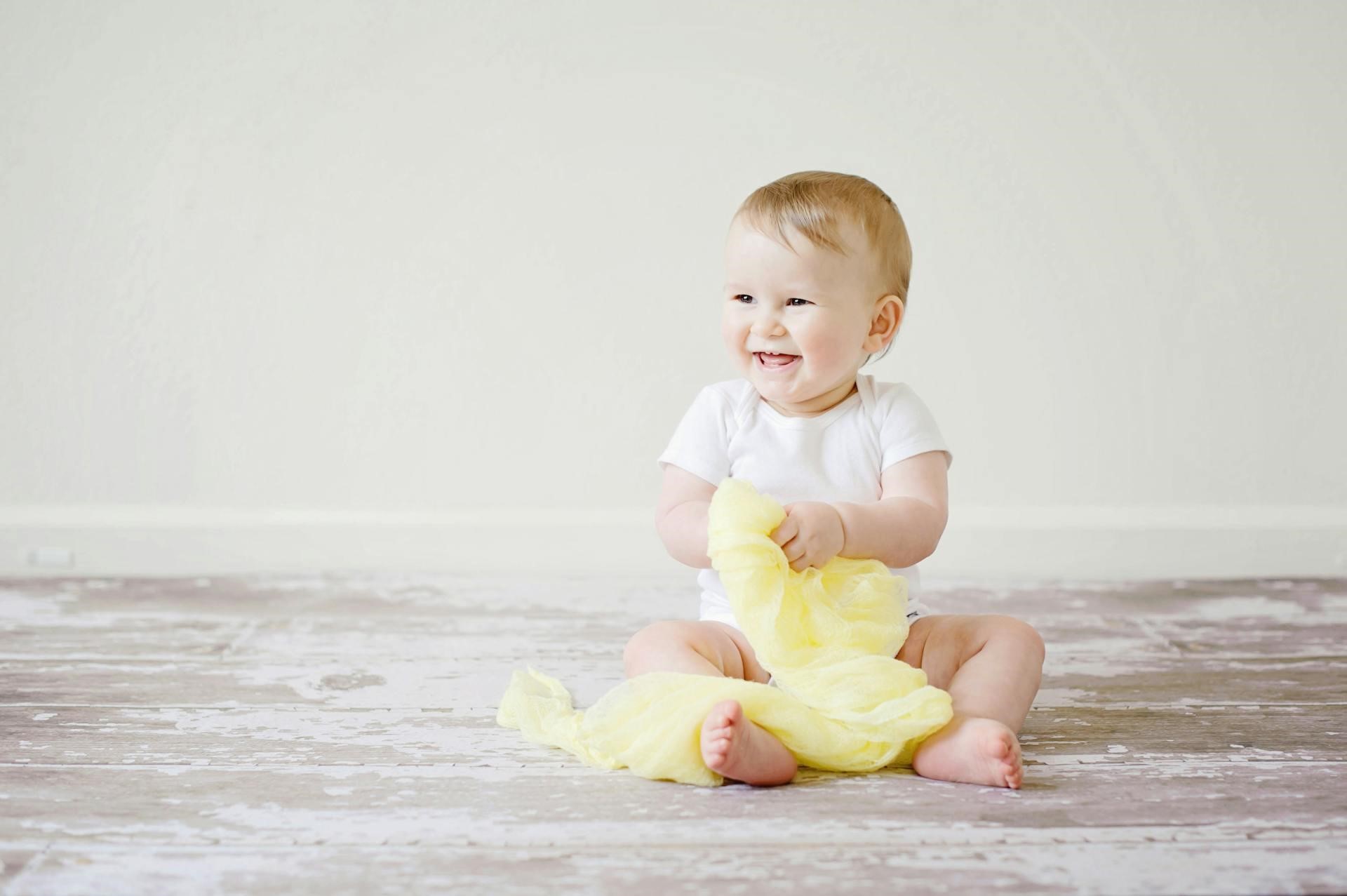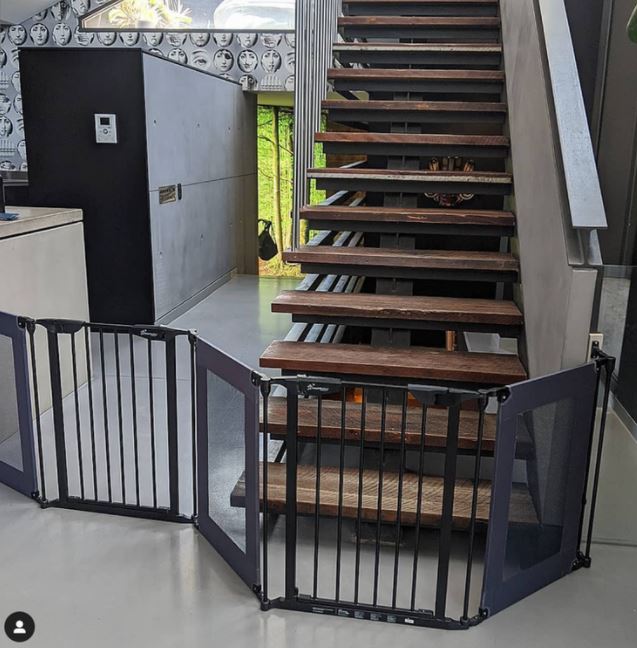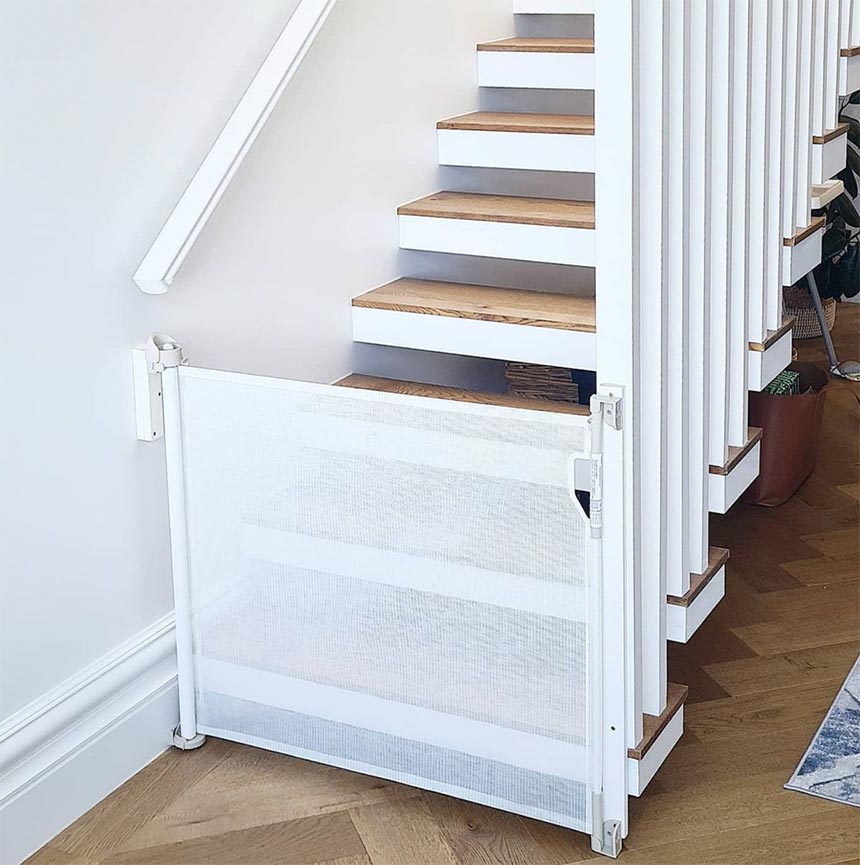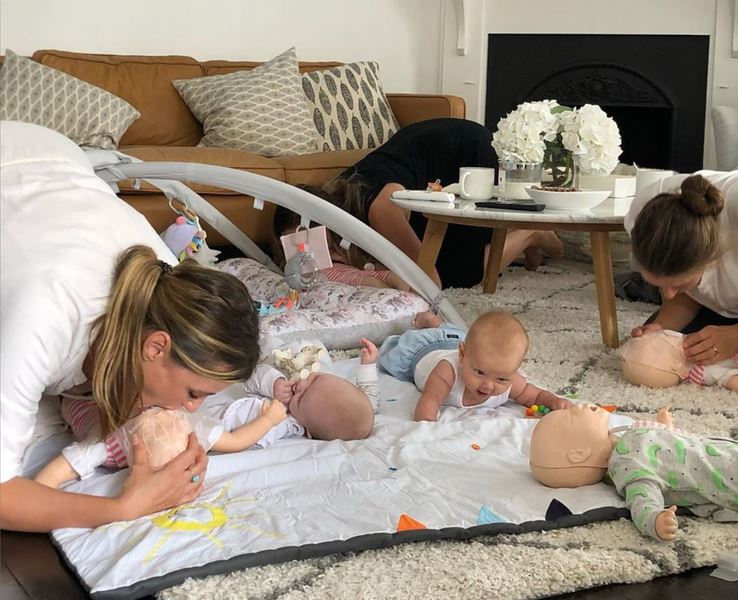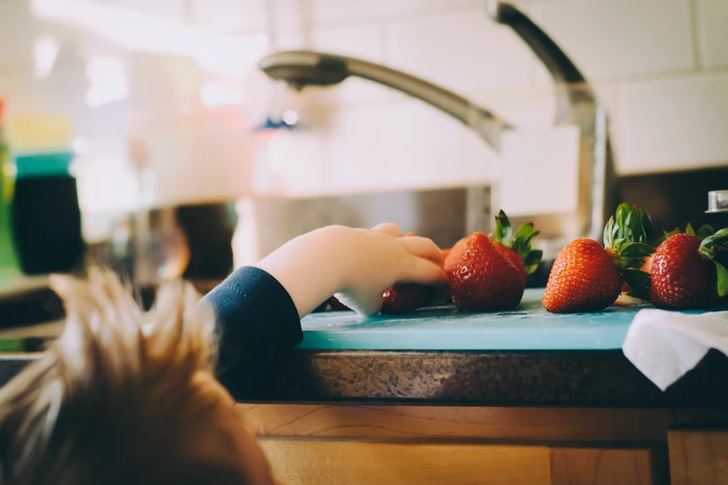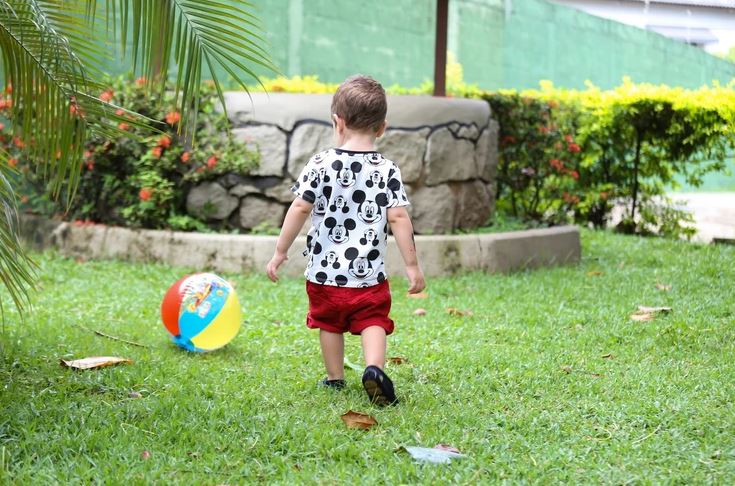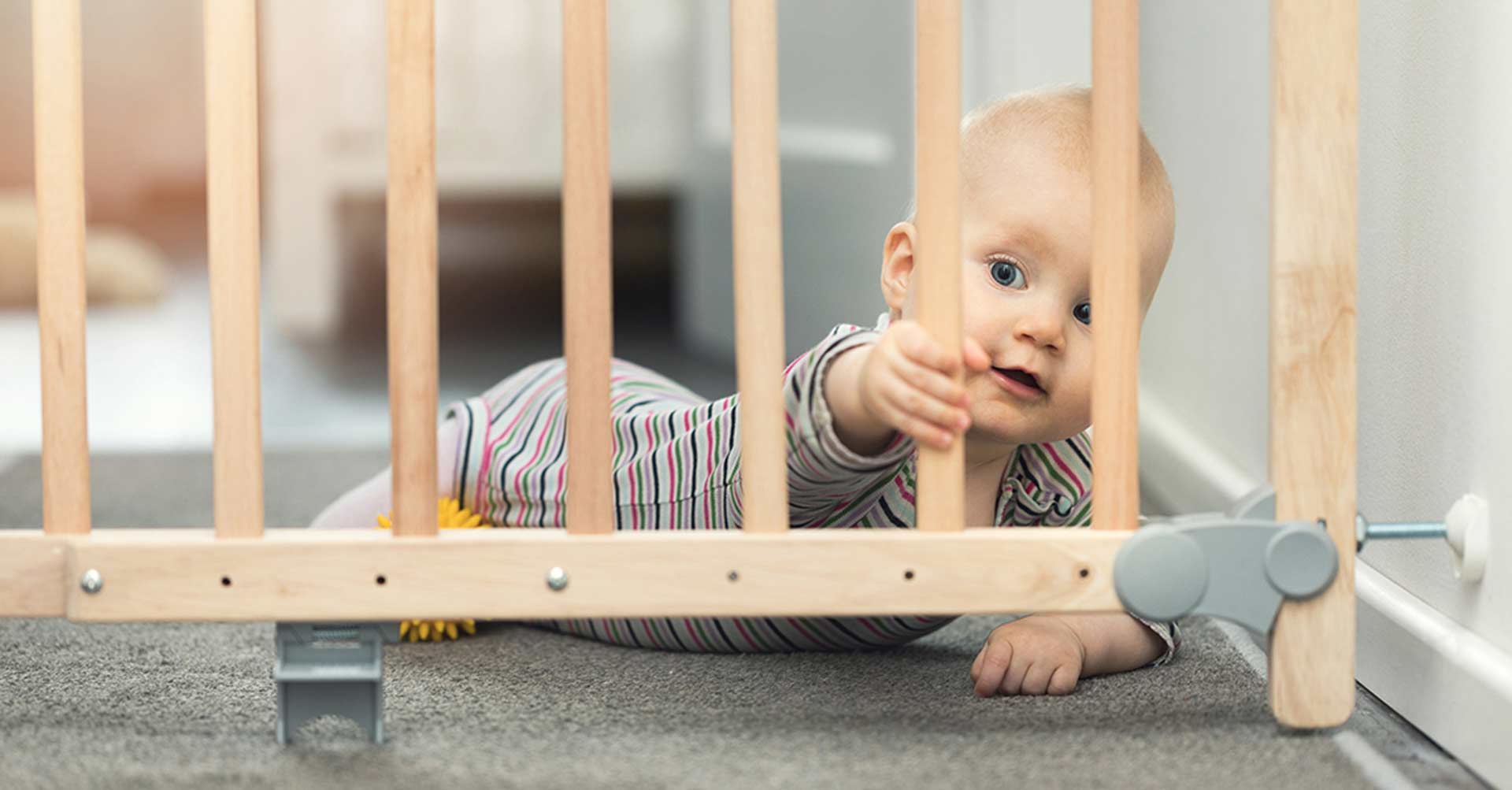In the world of parenthood, baby proofing your home can be seen as preparing the stage for your child’s first adventures. It’s an endeavour that combines foresight, care, and a deep understanding of the developmental journey your baby is about to embark on. The essence of baby proofing lies not in restricting your child’s natural curiosity but in facilitating a safe environment where they can explore, learn, and grow. The timing, approach, and execution of baby proofing your home are pivotal to its effectiveness.
Understanding the Timeline
The question of when to start baby-proofing your home is intertwined with your child’s developmental milestones. Before your baby starts crawling, typically around the 6-month mark, is considered an ideal time to begin. This proactive approach allows you to anticipate potential hazards and create a safe exploration space for your baby. However, baby-proofing is more than a one-time task; it’s an ongoing process that adapts as your child grows and explores new boundaries.
Anticipating & Adapting to Developmental Stages

Image Credit: Department of Health & Aged Care.
Babies are born explorers, and as they grow, their curiosity knows no bounds. Each developmental stage brings new challenges in baby proofing. Initially, your focus might be on creating a safe sleeping environment, free from soft bedding and toys that could pose a risk.
As your baby becomes more mobile, securing furniture, covering outlets, and installing safety gates become paramount. The crawling stage is a critical period for baby proofing, as your baby will start exploring the world from a different vantage point. When they begin to walk and climb, the dynamics change again, requiring you to reassess and adjust your baby proofing strategies.
The Scope of Baby-Proofing
A thorough approach to baby-proofing encompasses every room in your home. The kitchen, with its sharp utensils, hot surfaces, and potentially toxic substances, requires meticulous attention. Locking cabinets and drawers, using stove guards, and ensuring hazardous items are out of reach are essential steps.
The bathroom, another area of concern, demands the use of toilet locks, non-slip mats, and the safe storage of medications and cleaning products. Living areas and nurseries should be free of small objects that pose choking hazards, have secure furniture, and use window guards to prevent falls. Throughout your home, electrical outlets should be covered, sharp corners cushioned, and safety gates installed at the top and bottom of stairs.
The Process of Baby-Proofing
The initial step in baby proofing is to assess your home from your baby’s perspective. This involves getting down on your hands and knees to identify potential dangers at your baby’s eye level.
Next, prioritise the areas and items that pose the greatest risk, and begin the installation and setup of safety devices. This process is repeating and requires ongoing evaluation and adjustment as your baby grows and their abilities change.
Common Oversights in Baby-Proofing
Despite the best intentions, parents can overlook certain hazards. Small, easily ingested items, such as batteries, magnets, and loose coins, can be fatal if swallowed. Windows and balconies also pose significant risks if not properly secured.
Another common oversight is delaying baby proofing until it seems necessary. This reactive approach can leave your child exposed to dangers that could have been mitigated with proactive measures.
DIY vs. Professional Baby-Proofing
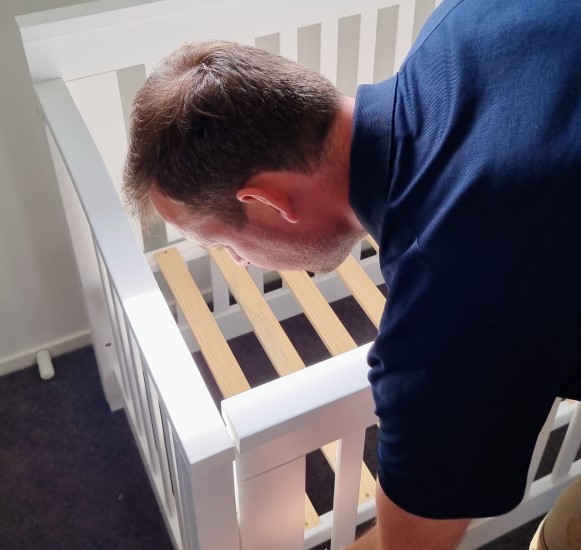
Image Credit: First Steps, Safe Steps.
For many parents, baby proofing is a DIY project. This approach allows for customisation and can be more cost-effective. However, the vast array of baby proofing products and the nuances of installation can be overwhelming.
Professional baby-proofers offer expertise and efficiency, ensuring that your home is safe and compliant with the latest safety standards. Whether you choose to DIY or hire a professional, the goal remains the same: to create a safe environment for your child.
The Evolution of Baby-Proofing
Baby proofing is not a static task but an evolving process that reflects your child’s growth and changing abilities. Regular reviews of your home’s safety measures are crucial, especially as your child becomes more mobile and curious. This might involve adjusting safety gates, reassessing the security of furniture, and ensuring that newly accessible areas are safe for exploration.
Nurturing Exploration: The Heart of Baby-Proofing

Image Credit: Department of Health & Aged Care.
Baby proofing your home is a profound act of love and responsibility. It sets the stage for your child’s exploration, learning, and growth in a safe and nurturing environment. Starting early, being thorough, and adapting your approach as your child grows are key to effective baby proofing. By anticipating potential hazards and taking proactive measures to mitigate them, you can provide your child with a safe space to explore the world around them.
As your child’s first playground, your home is where they will learn the most about their environment and themselves. The effort you put into baby-proofing reflects your commitment to their wellbeing and development.
Remember, the goal of baby proofing is not to limit your child’s exploration but to ensure that this exploration is safe and enriching. With each step, each crawl, and each climb, your child is embarking on a journey of discovery. Your role in baby proofing is to make this journey as safe and as joyful as possible.
In the world of parenting, baby proofing your home is one of the many steps you will take to protect and nurture your child. It’s a testament to your care, your love, and your dedication to their wellbeing.
As you navigate this process, remember that the ultimate goal is to create a home where your child can grow, learn, and explore with confidence. Through anticipation, preparation, and vigilance, you can achieve a balance between safety and exploration, laying the foundation for a lifetime of discovery.


